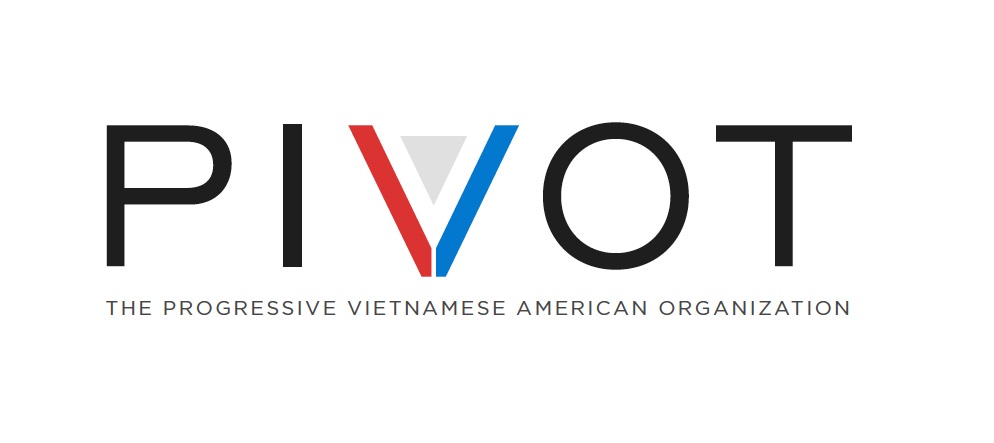Reflections on April 30th: The Blue Dress of Hope
/April 30, 2024
By PIVOT Member, Thien-Nhien Luong
The beauty of the vast blue ocean and the crashing waves on the secluded beach left me awestruck. However, the radiating heat from the white sandy beach of Kona momentarily transported me back to a fateful day 41 years ago, when my sister and I followed a stranger crossing scorching dunes to "vượt biên." As pre-teens, we naively understood "vượt biên" as “going to America.” For that special occasion, I wore my best baby blue outfit, also known as "đồ bộ."
The "HIDDEN HERITAGES: San José’s Vietnamese Legacy" is a multi-year initiative that involved a partnership between the San José Museum of Art, Chopsticks Alley, and the City of San José Office of Cultural Affairs; the project brought Vietnamese artists and community members together to share, amplify, and artistically present stories that reveal the contributions of Vietnamese Americans to San José. In 2022, I was invited to join this project and was honored, but it was an emotional journey recalling and at times reliving those memories. The renowned Vietnamese artist, Trinh Mai, listened to my 3-hour-long interview and recreated my baby-blue outfit as a dress with my story faintly visible on a translucent soft fabric, which was a wise and artistically encapsulating decision.
During my interview, I mentioned I wore the best blue outfit on that "vượt biên" special occasion. However, at that time, the blue color of the outfit faded due to repeated usage and exposure when drying in the sun. I also outgrew the outfit, and the pants dangled above my knuckles. During our journey, the blue outfit was stained with engine oil when we hid in the boat engine before reaching the international waters. Despite that, the outfit remained a beautiful clear blue in my memory, and even after 41 years, the baby blue outfit and a pair of sandals remained etched firmly in my memory. These objects somehow held significant sentimental value for me, as they were the last few items that I owned. In a way, they symbolized my journey of hope and dreams when I left a place filled with miseries.
To girls and boys whose lives were devastated by conflicts and wars, dates, times, or other chronologic memories may fade year over year, but the feelings of being scared, terrified, threatened, starved, of pain and lost, or the memories of treasured possessions of clothes, shoes, toys etched forever in our memories. These emotional traumas, at times, are like black holes unpredictably, forcefully sucking and transporting us back to unpleasant memories. At different times, they are like ghosts haunting, coming and going at familiar sights or events, such as those seen in the conflicts in Ukraine and Gaza, mimicking my country’s past 49 years ago. Though I, and many refugees, were never diagnosed with post-traumatic stress or syndrome disorder (PTSD), I have recognized that these flashes back as recent as 2023 will continue to haunt me for the rest of my life.
Trinh Mai’s recreation of the blue dress was so appropriate on many levels personally. The idyllic blue dress designed for a girl whose girly childhood was robbed, and who was too young to understand the politics behind the war, but experienced unfairness to know despair and suffering and missed opportunities because of oppression. Those frightful experiences during and after the war in addition to the 1-year long of living in 3 refugee camps underlined the foundation of my career and personal commitment to building capacity for young people, especially children so they can tackle and endure life challenges and lead collaborative work through community building processes including commitment to peace. In remembrance of the Vietnam War or the Black April for the Vietnamese Americans, we must commit to peace because only peace can prevent senseless deaths, injuries, and lifetime and intergenerational traumas.



